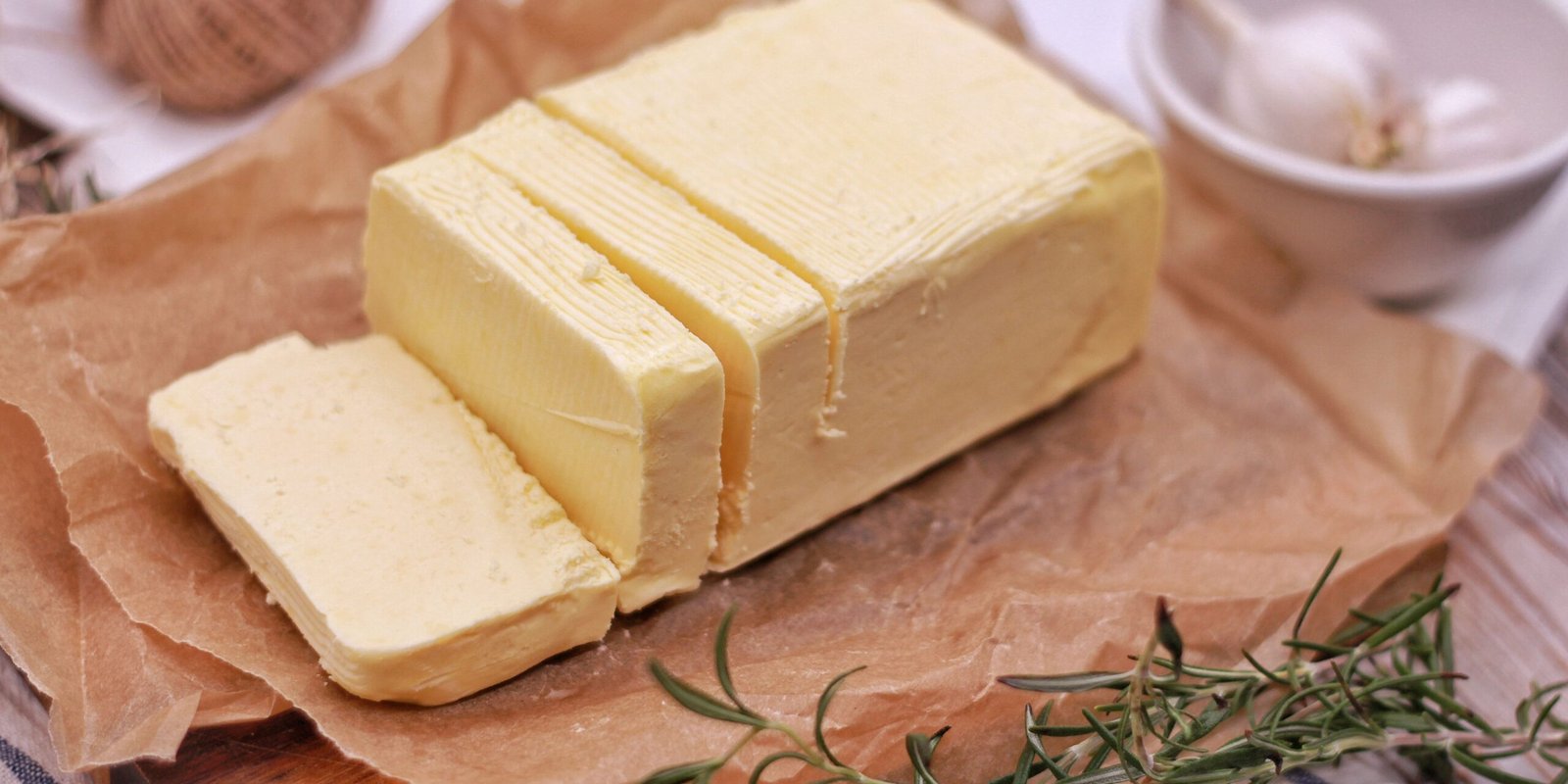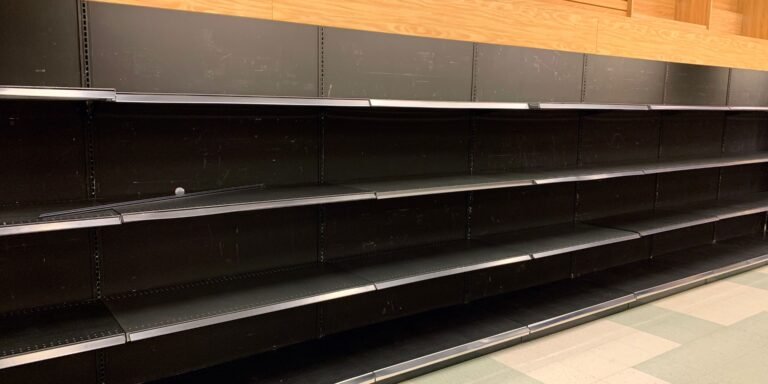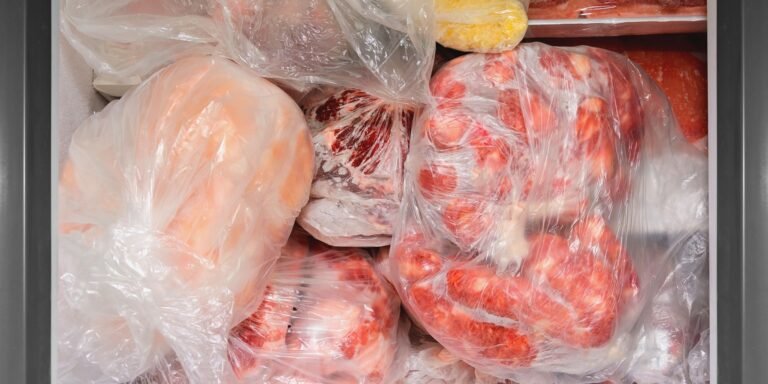What Foods Can and Cannot be Freeze-Dried: Complete Guide
This post may contain affiliate links, full disclosure here.
Before purchasing a home freeze dryer, one of the first questions I had was, “What foods can be freeze-dried?” as well as “what foods cannot be freeze-dried?” These are critical questions for anyone considering purchasing a home freeze dryer to preserve their own food, or for anyone who has recently purchased a freeze dryer and is looking for a list of ideas to get started. After a lot of research and personally trying a lot of different foods, I was able to compile a long list of foods that freeze-dry well and a few that don’t.
Fruits, vegetables, dairy, meats, fish, eggs, desserts, full meals, candy, and even pet food can all be freeze-dried. Because freeze-drying removes moisture (water) from foods, oil-based foods do not freeze-dry well. Peanut butter, butter, syrup, honey, jam, and pure chocolate are examples of foods that cannot be freeze-dried.
I’ve included more detailed lists of over 120 foods that you should freeze dry as well as a few that don’t freeze-dry well.
What Are the Best Freeze-Dried Foods?
- Fruits (home garden or store-bought)
- Vegetables (home garden or store-bought)
- Meats (beef, pork, poultry, fish: raw and cooked)
- Dairy (including milk, cheese, and buttermilk)
- Eggs (raw and cooked eggs)
- Full Meals (including leftovers)
- Deserts, Snacks, and Candy (including Skittles)
- Drinks (orange juice)
- Herbs and Spices
As you can see from the list above, most foods freeze well, especially produce from your own garden. Freeze drying preserves the shape, taste, and 97 percent of the nutritional value of these foods, making it one of the best options for storing food for long periods of time. When properly stored, it can also last up to 25 years on the shelf.
Vegetables
- Asparagus
- Beans
- Broccoli
- Carrots
- Celery
- Corn
- Eggplant
- Green Beans
- Kale
- Mushroom
- Onions
- Peas
- Peppers
- Potatoes
- Pumpkin
- Spinach
- Squash
- Swiss Chard
- Tomatoes
- Yam
- Zucchini
Prior to freeze-drying fruits and vegetables, I always practice good preparation. Because freeze-drying does not kill bacteria, only use healthy fruits and vegetables that have been thoroughly cleaned before being added to a batch.
Peel and cut fruits and vegetables into evenly sized portions, then arrange them on the tray in a single, even layer. Cutting fruit, such as grapes and blueberries, is necessary because they both have thick membranes that make it difficult for water (moisture) to be released and are high in sugar.
Dairy and Eggs
- Buttermilk
- Cottage Cheese
- Cream Cheese
- Eggnog
- Eggs
- Ice Cream
- Milk
- Cheese
- Cheez Whiz
- Sour Cream
- Whipped Cream
- Yogurt
Dry dairy products can be frozen in a variety of ways. Pour or spread it directly into the tray (about 23 inches to the top), or freeze it into molds and place them on the tray. Items with a thicker consistency, such as yogurt, can be placed in smaller individual clumps.
When freeze-drying ice cream, choose high-quality brands. Some ice cream contains whipped air, which crystallizes in your freeze dryer. It’s still edible; it just doesn’t look as appealing.
Is it possible to freeze-dry butter? Because of its high-fat content, butter cannot be freeze-dried well. Butter, on the other hand, can be freeze-dried and used as an ingredient in other foods.
Fruits
- Apple Slices
- Apricots
- Avocado
- Bananas
- Blackberries
- Blueberries
- Cantaloupe
- Coconut
- Cherries
- Grapes
- Jackfruit
- Kiwis
- Lemons
- Limes
- Mango
- Mixed Fruit
- Oranges
- Peaches
- Pineapple
- Raspberries
- Star Fruit (Carambola)
- Strawberries
- Tangerine
- Watermelon
Meats (Beef, Pork, Poultry, Fish: Raw and Cooked)
- Chicken
- Fish
- Ham
- Hamburger or Ground Beef
- Pulled Pork
- Roast Beef
- Sausage
- Steak
- Turkey
- Venison (Elk or Deer meat)
For 10-15 years, raw meat can be freeze-dried and stored in Mylar bags with oxygen absorbers. Raw freeze-dried meat can then be soaked in water for a few minutes before being grilled, baked, or fried as if it were fresh raw meat.
Full Meals You Can Dehydrate
- Beef Stroganoff
- Casseroles
- Cheese Steak
- Chicken Parmesan
- Chili
- Chow Mein
- Enchiladas
- Fajitas
- Ham Fried Rice
- Hash Browns
- Jambalaya
- Lasagna
- Macaroni & Cheese
- Mashed Potatoes
- Meat Loaf
- Meatballs
- Pasta
- Pizza
- Roast Turkey Dinner
- Roast Beef Dinner
- Rice
- Scrambled Eggs
- Soup
- Stew
To rehydrate your freeze-dried meals, follow these steps. Pour or spray just enough water to rehydrate the food to the desired consistency. If you overhydrate, some foods may become soggy.
Snacks and Candy
- Cheesecake
- Cookies
- Guacamole
- Gummy Bears
- Ice Cream Sandwiches or Bars
- Jell-O
- Jolly Ranchers
- Junior Mints
- Lemon Bars
- Marshmallows
- Pie
- Pudding
- Saltwater Taffy
- Salsa
- Skittles
Cookies of all kinds can be freeze-dried and stored for years in mylar bags with oxygen absorbers, or they can be eaten right away. The cookies will have a dry crunch, and the flavors will be well preserved, so they should taste good for years to come.
Drinks that Can be Freeze Dried
- Coffee
- Orange Juice
- Smoothies
Freeze drying orange juice is a simple process that works well for storing it in mylar bags so that it can be easily mixed with water later. Simply pour about 2/3 of the orange juice into the freeze dryer trays and carefully slide the tray into the freeze dryer. When the freeze dryer is done, break up the dried orange juice and store it in a mylar bag with an oxygen absorber.
Herbs and Spices
- Basil
- Chives
- Garlic
- Ginger
- Horseradish
- Jalapeño
- Lavender
- Mint
- Oregano
- Sage
- Thyme
Is it preferable to freeze food before freeze drying it?
It is more efficient and effective to freeze food on trays before running a batch through the freeze dryer. Freezing the food first makes the freeze-drying process more efficient, saving time and electricity that the freeze dryer consumes at a higher rate.
Freeze Drying Tips
- Cut fruits, vegetables, and other foods into evenly sized portions and arrange them on the tray in a single, even layer. Grapes and blueberries, for example, require cutting because their thick membranes make it difficult for water (moisture) to be released and they are high in sugar.
- Fruits and other foods with a high sugar content or a thick membrane (such as blueberries) take longer to freeze dry. Consider the foods that take a long time to truly freeze in your standard freezer; these are some of the foods that will take longer to freeze dry. Foods like ice cream, fresh pineapple chunks, and juicy peaches may fare better if the freeze time is increased to 12 hours and the dry time is increased to 12 hours.
- Foods should be pre-frozen in your regular freezer. This is especially useful if the dryer is already running because of a sale at the store or because you’re harvesting your own garden. When you have time, you can freeze your abundance and run it through the freeze dryer. It’s also useful if you need to save the fruit until you have enough for a full batch of freeze drying.
- Certain foods may adhere to the trays. To assist, line trays with parchment paper, silicone mats, or dehydrating mats before placing the food to be freeze-dried.
- After the freeze-drying is finished, store the food in airtight containers or Mylar bags with an oxygen absorber.
- It is perfectly safe to pour liquids such as milk, juice, eggs, and soup onto the trays.
How to Freeze Dry Meat
To freeze dry raw meat, simply dice it into large pieces while removing as much fat as possible. The meat should then be placed on trays and frozen dry. When the freeze-drying process is finished, cut one of the largest pieces in half and check for ice crystals in the centre of the meat. If there is, add more dry time until you are certain there is no ice left in the largest piece.
Airtight containers or Mylar bags with an oxygen absorber should be used to store the meat. Make sure the contents of the container are labelled as raw and that the date they were freeze-dried is recorded. If properly freeze-dried, most meat should last 10 to 15 years.
My preferred method for freezing-drying cooked steak and chicken breast is to sous vide it first. Sous vide, which translates to “under vacuum” in French, is the process of vacuum-sealing food in a bag and then cooking it to a precise temperature in a water bath. I love Sous Viding my steak before freezing it!
Freeze-Dried Meat Rehydration
When you’re ready to rehydrate the meat, place it in a bowl of cold water and refrigerate it overnight, or until rehydrated. There is no need to worry about over-hydrating it because it will only take in as much water as it requires. Remove any excess water with a paper towel before continuing to cook as usual. If you do not intend to rehydrate all of your meat, reseal your bag/container with a fresh oxygen absorber or store the meat in the refrigerator. Once opened, meat should never be left out in an open bag or jar.
What Foods Can’t be Freeze Dried?
- Butter
- Honey
- Jam
- Mayonnaise
- Peanut Butter
- Pure Chocolate
- Syrup
Because they contain oil, these foods do not freeze-dry well. Freeze-drying works by removing moisture (water) from foods via low-temperature dehydration and then melting the ice via sublimation. Because this process does not work with oil-based foods, they cannot be freeze-dried.
These foods can be freeze-dried, but they don’t change much, mostly because there isn’t enough moisture in them to change during the process.
Oreos, Peppermint Patties, Pop-Tarts, Twizzlers, and Licorice
What Foods Can and Cannot be Freeze-Dried Bottom Line
Essentially, it is safe to freeze-dry various foods, so experiment a little to see what individual food items and full meals work best for you and your family. It won’t take long to figure out which snacks you prefer and which meals you prefer to re-create. Once you’ve decided on your favourites, freeze-dry a large number of them, store them in mylar bags with oxygen absorbers, and bring some with you when you travel, camp, or use them in an emergency. Freeze drying your own food is extremely satisfying, and it provides peace of mind knowing that you will have food that is ready to eat and can be stored for up to 25 years.







